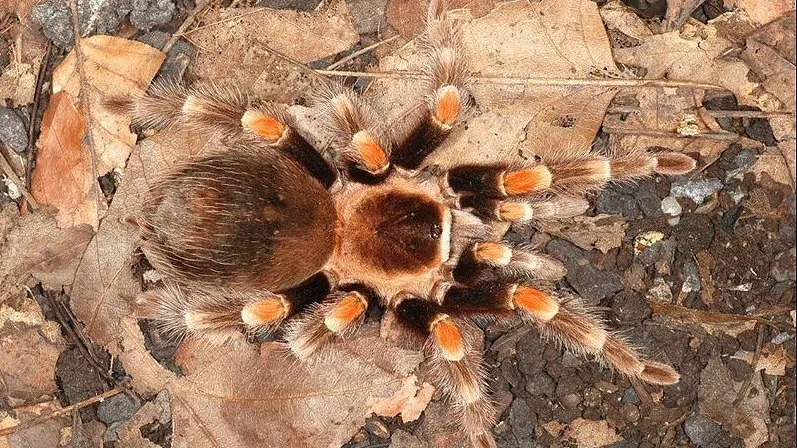What is a West Texas Tarantula?
The West Texas tarantula, scientifically known as Aphonopelma hentzi, is a fascinating arachnid native to the arid and semi-arid regions of West Texas. These large, hairy spiders are a common sight in the Texan landscape and have captured the interest of many. Contrary to popular belief, these tarantulas are generally not aggressive and rarely pose a threat to humans. They play a vital role in their ecosystem, helping to control populations of insects and other small creatures. Understanding these creatures requires knowing their characteristics, behaviors, and place in the environment.
Appearance and Identification
Size and Physical Characteristics
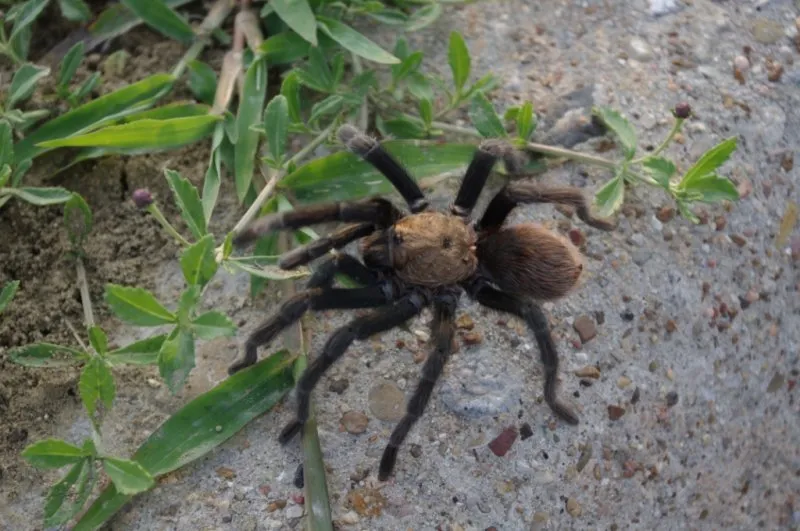
West Texas tarantulas are among the largest spiders found in North America. Adult females can have a leg span of up to six inches, while males are typically smaller. They possess a robust build, with thick, hairy legs and a large, rounded abdomen. Their bodies are covered in fine hairs, which give them a fuzzy appearance. The size and robust nature of these spiders are key features that distinguish them from other arachnids in the region. Their size is also associated to the amount of food they can eat and the area they inhabit.
Color Variations
The coloration of West Texas tarantulas can vary, but they are typically shades of brown, ranging from light tan to dark chocolate. This coloration helps them camouflage with their environment, making them difficult to spot among the grasses, rocks, and soil of their habitat. Some may have subtle patterns on their carapace and abdomen. These color variations are crucial for successful hunting and escaping predators in their harsh environment. The variations can also depend on the area that they are living and the food they intake.
Habitat and Distribution
Where They Live
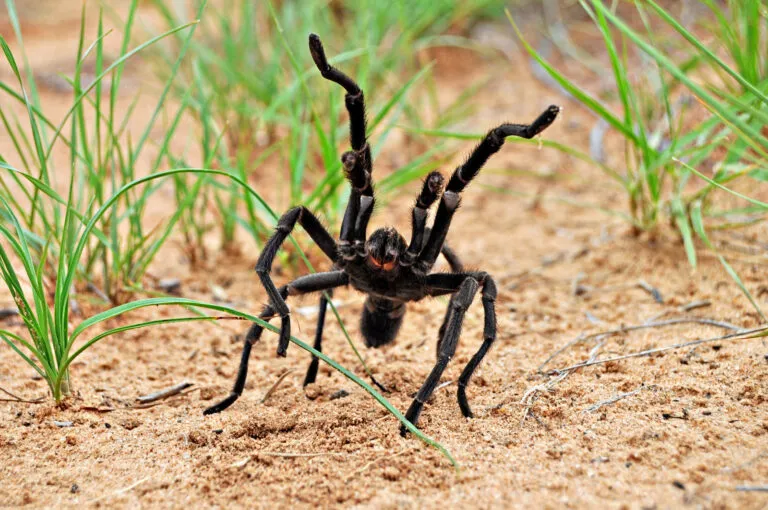
These tarantulas are primarily found in the western regions of Texas, including areas like the Big Bend region, the Trans-Pecos, and other arid or semi-arid environments. They construct burrows in the ground, often under rocks, or along creek beds, where they spend the majority of their time. The habitat is typically characterized by sparse vegetation, rocky terrain, and a dry climate. The location is crucial for their survival as they are exposed to extreme conditions that they must adapt to. They are more active at night and during cooler hours, to avoid the direct heat of the sun.
Preferred Environments
West Texas tarantulas favor habitats that offer suitable conditions for burrow construction and protection from the elements. They prefer areas with well-drained soil, as this prevents their burrows from flooding during rain. These spiders also require a moderate amount of cover, such as rocks, shrubs, or sparse grasses, to help them ambush prey and avoid predators. The combination of these factors allows them to survive the harsh conditions and find food and shelter, making them successful arachnids.
Diet and Feeding Habits
What They Eat
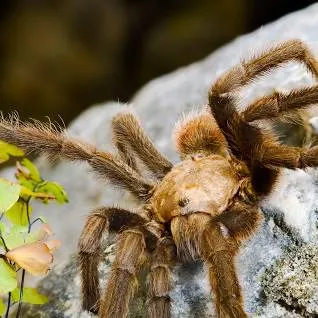
West Texas tarantulas are opportunistic predators, meaning they will eat a variety of prey. Their diet primarily consists of insects, such as crickets, grasshoppers, and beetles. They will also consume other spiders, small lizards, and occasionally, small rodents. These spiders are patient hunters, waiting for their prey to come within striking distance. They are crucial for controlling insect populations within their ecosystem, preventing them from overpopulating and disrupting the balance of nature.
Hunting Techniques
These tarantulas are ambush predators, relying on their camouflage and patience to catch their meals. They typically wait near the entrance of their burrow or in a sheltered location, with their legs spread to detect vibrations in the ground. When prey comes near, they pounce quickly, injecting venom through their fangs to immobilize the victim. Once the prey is subdued, they use digestive enzymes to liquefy the insides, and then suck out the nutrients. This method is efficient for the tarantula and allows for survival in a harsh environment.
Life Cycle and Reproduction
Mating and Egg Laying
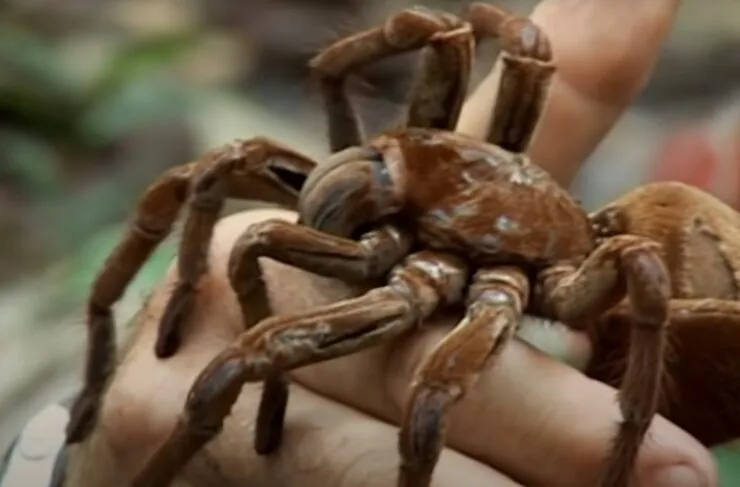
Mating season for West Texas tarantulas typically occurs in the late summer or early fall. During this time, males leave their burrows in search of females. They use a complex courtship ritual to attract mates, involving drumming on the ground and other behaviors. After mating, the female will lay hundreds of eggs in a silken egg sac, which she then protects and keeps close to her. The mating ritual is crucial to the perpetuation of the species and the genetic diversity within the species.
Growth Stages
Young tarantulas, also known as spiderlings, undergo several molting stages as they grow. During molting, they shed their exoskeletons, allowing them to increase in size. The frequency of molting decreases as they mature. It can take several years for a tarantula to reach adulthood. The growth stages are very important for the survival of the tarantulas, as they become more self-sufficient with each stage, increasing their chances of survival and playing a role in the ecosystem. The female tarantulas generally live much longer than males.
Behavior and Temperament
Defensive Mechanisms
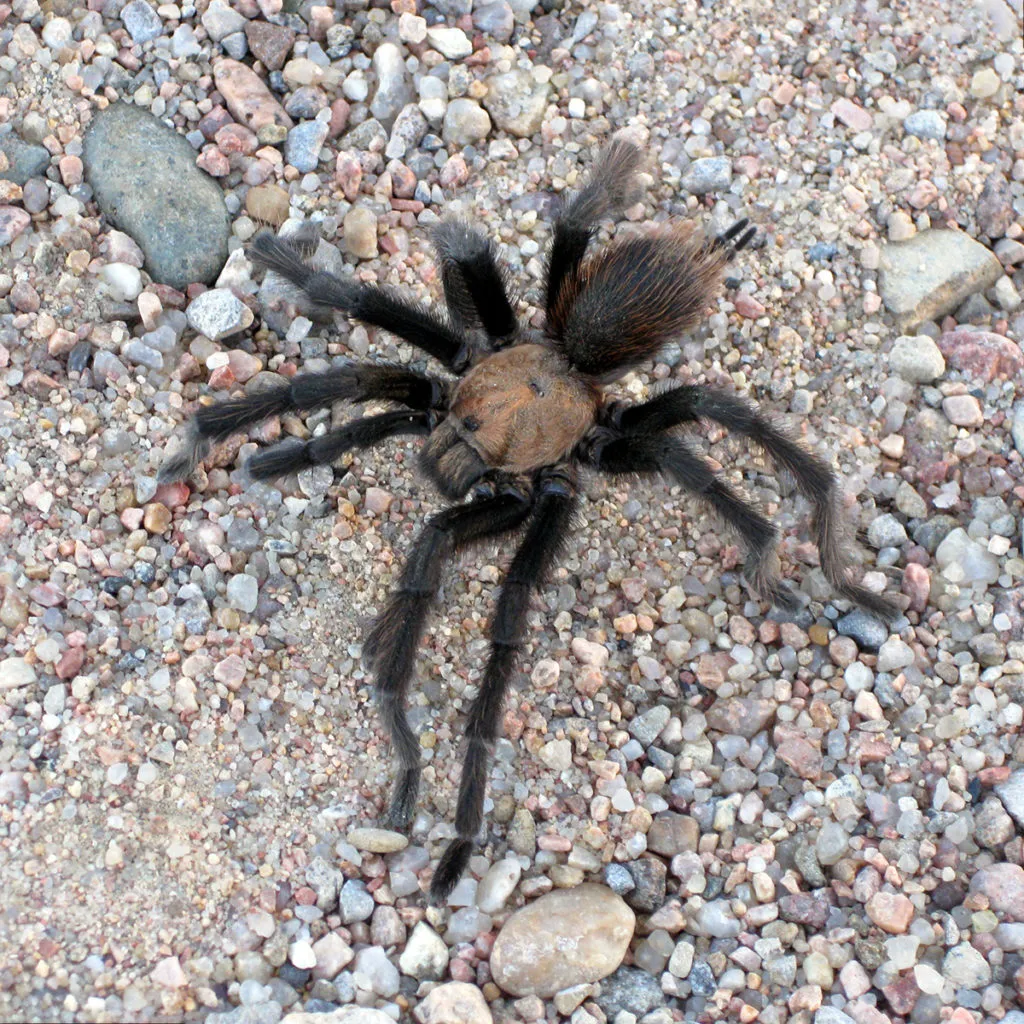
West Texas tarantulas are generally not aggressive, but they possess several defensive mechanisms. When threatened, they may raise their front legs and display their fangs as a warning. They also have urticating hairs on their abdomen, which they can flick at predators. These hairs cause irritation and can deter potential threats. If they feel they are in danger, they may also try to flee. These defense mechanisms allow them to survive in harsh and unsafe conditions.
Interaction with Humans
Encounters with West Texas tarantulas are not uncommon in their natural habitat. While they are capable of biting, their venom is not considered dangerous to humans, and their bites are similar to a bee sting. These tarantulas are also sometimes kept as pets, as they are relatively easy to care for and have interesting behaviors. It’s important to handle them with care and respect their space to avoid any conflicts. They play a very vital role in the ecosystem and should be observed from a distance.
Conservation Status and Threats
Threats to Their Survival

The West Texas tarantula faces various threats, including habitat loss due to urbanization and agricultural expansion. Pesticide use can also negatively impact their populations by reducing their food sources or directly affecting them. Climate change, leading to prolonged droughts and extreme temperatures, can further stress their habitat. It’s important to monitor these threats in order to assess their impact on these beautiful arachnids. Conservation efforts are required to ensure the survival of these magnificent tarantulas.
Conservation Efforts
Conservation efforts for West Texas tarantulas include habitat preservation, responsible land management practices, and public education. Protecting their natural habitats from development and destruction is crucial. Reducing pesticide use and promoting sustainable agricultural practices can help protect their food sources. Educating the public about the importance of these spiders and their role in the ecosystem is essential for fostering appreciation and encouraging conservation. The efforts are important to maintain the balance in nature.
Interesting Facts about West Texas Tarantulas
Unique Behaviors
These tarantulas exhibit unique behaviors, like their courtship rituals which vary between species. Male tarantulas often drum their pedipalps or legs on the ground to attract females. They also exhibit interesting hunting behaviors, such as waiting patiently for prey near their burrows. Their defensive mechanisms, including flicking urticating hairs and raising their front legs, are also fascinating. These behaviors are very important for their survival and add to their charm.
Longevity
Female West Texas tarantulas can live for up to 25 years or more in the wild, making them one of the longest-lived spiders. Males, on the other hand, typically have a much shorter lifespan, often only living for a few years after reaching maturity. Their long lifespans are very special, allowing them to contribute to the ecosystem. The study of their lifespans also helps scientists understand the longevity of other species.
